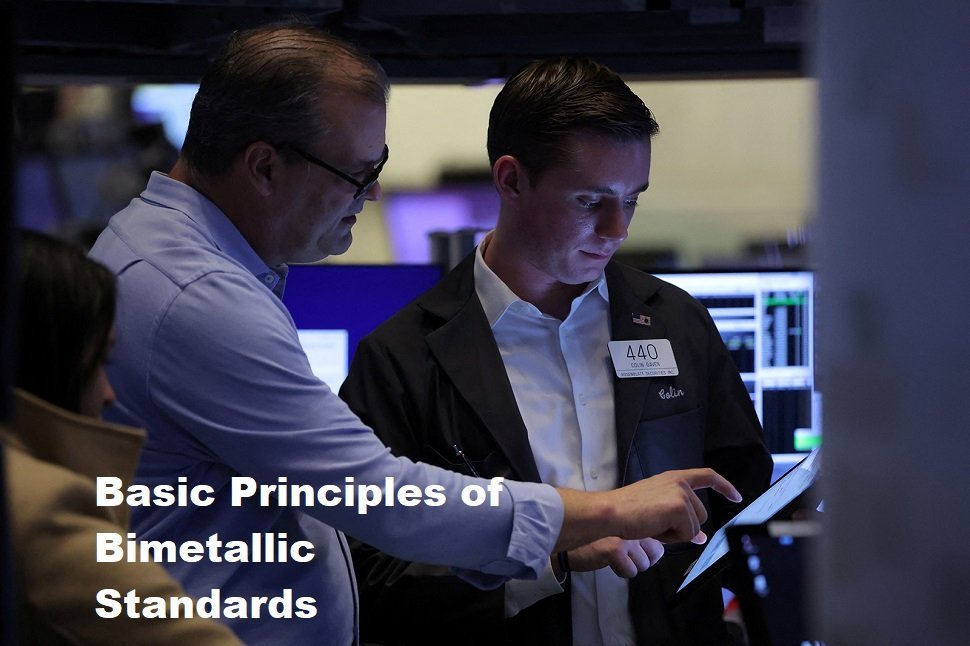The Blockchain Trilemma is a concept that describes three main, interrelated aspects of blockchain technology, namely decentralization, security and scalability. According to this theory, blockchain always faces difficulties in achieving these three aspects simultaneously in one system. This trilemma explains why every blockchain platform should choose two of these three aspects as priorities and sacrifice the third aspect to achieve optimal performance. Decentralization is one of the main characteristics of blockchain technology that allows users to participate and contribute to the network without any central authority. This ensures that no one party can control the network completely, making it more transparent and democratic. However, decentralization can also lead to a decrease in transaction speed, as the network has more and more individuals involved in it.
Security is a top priority for many blockchain technology users and developers. For them, it is important to ensure that the data stored on the network is safe from hacker attacks and other manipulation. In the context of the Blockchain Trilemma, platforms that focus on decentralization and security will usually face scalability constraints, because increasing security can slow down transaction times. Scalability is the ability of a blockchain to handle and process a large number of transactions in a fast time. Platforms that prioritize scalability usually sacrifice either decentralization or security, as they require a compromise between the two to achieve higher efficiency. This trilemma challenges blockchain developers to find the right formula for creating a system that is balanced in decentralization, security, and scalability.
The Three Elements of the Blockchain Trilemma
Ideally, every blockchain platform wants to achieve all three elements to create a stable and durable ecosystem. However, achieving all three elements perfectly is very difficult and usually requires some compromise between each other. Security is one of the most important aspects in the Blockchain Trilemma. This refers to the degree to which a system is immune to attacks and misuse by unauthorized parties. A system with high security will protect transactions and user data from threats such as double-spend attacks or unauthorized changes to transaction data. A number of blockchains use consensus algorithms such as Proof of Work (PoW) or Proof of Stake (PoS) to secure their networks.
Scalability refers to a system’s ability to handle an increasing number of transactions efficiently without causing speed degradation or additional costs to users. Solutions such as Segregated Witness (SegWit) on Bitcoin and Ethereum 2.0 have been introduced in several leading blockchain platforms to try to improve their scalability. However, this approach often has consequences in terms of decentralization or security.
Decentralization is the third pillar in the Blockchain Trilemma. The goal is to eliminate a single point of control in the system, ensuring that as many stakeholders as possible have influence over the network. In blockchains such as Bitcoin and Ethereum, decentralization is achieved through the mining process. The selection of the appropriate type of consensus and blockchain design will greatly influence the extent to which the system achieves the desired level of decentralization. It is important to strike a balance between these three elements so that the system does not become vulnerable to attack or structural failure.
Case Studies and Existing Solutions
Ethereum 2.0, Polkadot, and Cosmowasm are some examples of platforms that have tried to offer solutions to overcome this Trilemma. Developers devise different strategies to combine these three attributes in one platform to increase the efficiency and effectiveness of their blockchain ecosystem. Ethereum 2.0 is an improvement effort from Ethereum that designed solutions such as sharding and proof of stake to increase scalability without sacrificing security and decentralization. Sharding breaks the blockchain ecosystem into smaller “shards” or chunks, allowing transactions to be processed in parallel rather than linearly. Meanwhile, proof of stake changes the consensus mechanism by selecting block validation based on the number of tokens held, rather than the computational power found in the proof of work.
Polkadot is another blockchain platform that uses a multi-chain or cross-chain approach to overcome the trilemma, with a main relay chain system connected to its stock chains (Parachains). This approach is able to combine decentralization and security capabilities on the main relay chain and provides enormous opportunities for developers when using one of the parachains to create applications with security and decentralization capabilities. This initiative also reduces the computational load on the network and increases transaction efficiency and interoperability between chains. Cosmowasm is a solution that tends to focus on increasing scalability through a more efficient smart contract approach. Cosmowasm maintains decentralization by using customizable modules so that different types of smart contracts can be executed on different types of blockchain. By incorporating WebAssembly (WASM) as the computing engine and working together with CosmoSDK as the underlying structure, Cosmowasm enables easier, flexible, and secure application development on various interoperable networks.
Future Projections and Innovation
In the future, technologies such as sharding and interoperability between chains may help overcome the Blockchain Trilemma. Sharding is a technique of grouping data into sub-groups to increase the speed and efficiency of blockchain systems. By implementing sharding, the system can process transactions simultaneously in several batches, thereby reducing the workload on each node and speeding up transactions. Through interoperability between chains, different blockchains can communicate and interact with each other, enabling better collaboration and faster exchange of information between platforms.
Lightning Network technology also offers great opportunities to optimize the scale of the blockchain industry. Lightning Network is a second-layer protocol designed to facilitate microtransactions with lower fees and increase transaction speed on blockchains such as Bitcoin. As the Lightning Network matures and becomes more widely deployed, blockchain’s ability to handle mass transactions will further improve, helping to address scalability issues.
Adoption of trends like ‘Blockchain-as-a-Service’ (BaaS) will also help face the challenges arising from the Blockchain Trilemma. BaaS allows companies to use blockchain capabilities without having to build or maintain their own infrastructure. For example, cloud service providers such as Amazon Web Services (AWS) and Microsoft Azure already offer BaaS that allows users to efficiently deploy their blockchain platforms. By leveraging BaaS, companies can address security, decentralization, and scalability issues, as well as reduce hardware and system maintenance costs.
Additionally, the adoption of alternative consensus technologies will also have a significant impact on the future of the blockchain industry. Like Proof of Stake (PoS) and Delegated Proof of Stake (DPoS), this consensus technology can increase transaction speed and reduce energy consumption associated with the transaction validation process. Alternative consensus implementations such as PoS can help create a more environmentally friendly blockchain ecosystem by ensuring network security without requiring large amounts of energy. By reducing the sustainability barriers associated with consensus systems such as Proof of Work (PoW), alternative consensus technologies can expand blockchain adoption and applications in a variety of industries focused on environmental friendliness and energy efficiency.
In an overall view, technological developments such as sharding, interoperability between chains, Lightning Network, Blockchain-as-a-Service, and alternative consensus technologies will play an important role in helping to overcome the Blockchain Trilemma in the future. With these technological advances, the blockchain industry will continue to develop, becoming more efficient, secure and decentralized. This will enable companies and individuals to experience the full benefits of blockchain technology and the untapped potential of this ecosystem.












